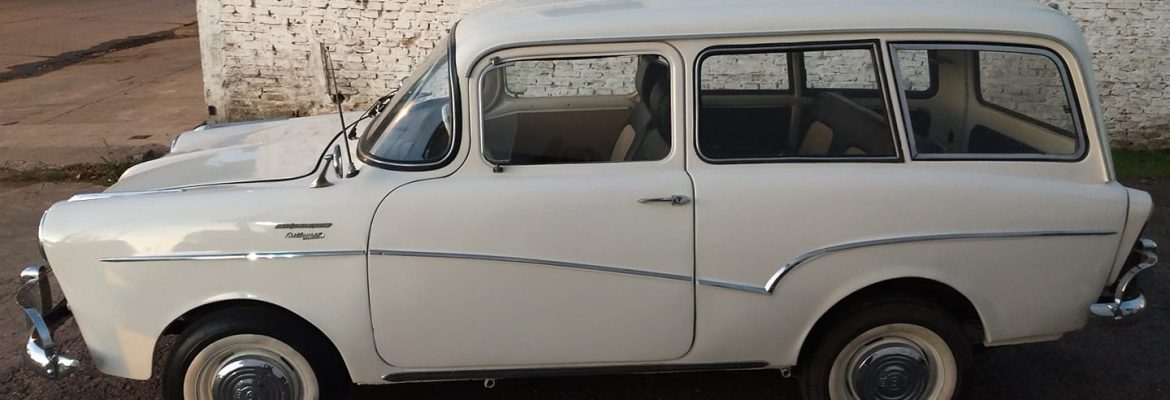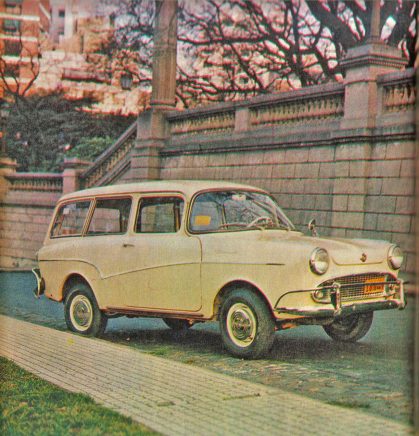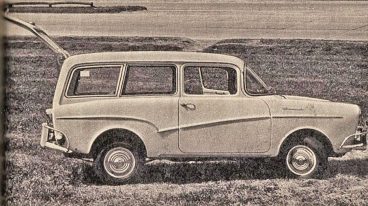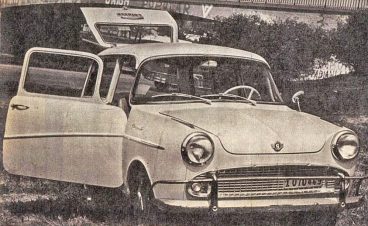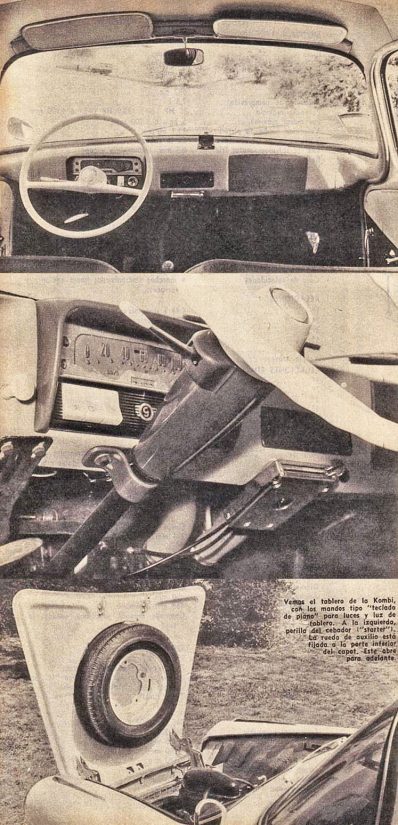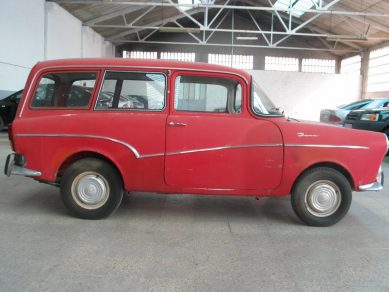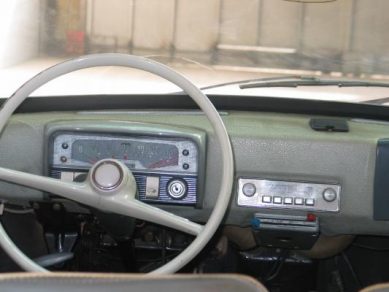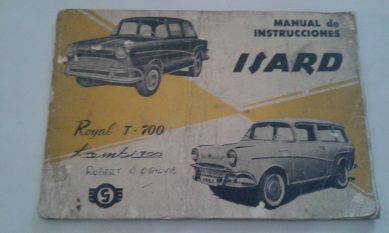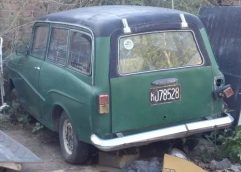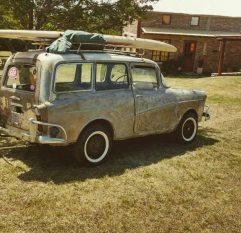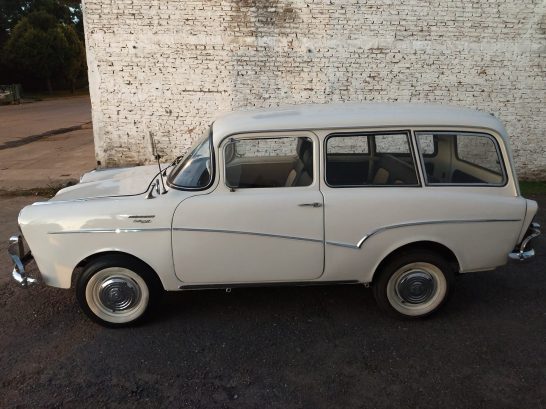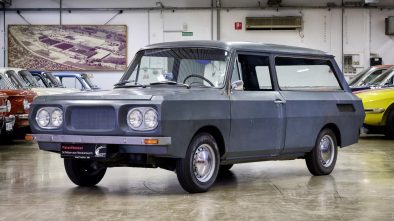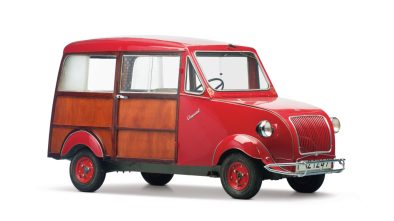Isard 700 Kombi
Isard Argentina produced the Isard Royal T 700 2-door coupe and Isard Kombi 700 wagon. The Kombi 700 was a three-door wagon: it had a liftgate to access the cargo space, which was quite strange because of the small dimensions of this car.
The company manufactured small cars under license from Goggomobil of Germany. This is how it launched the Isard T 300, the Isard T 400, the Isard T 700 and the Isard Kombi 700 into the Argentine market.
The engine was a 4-stroke engine with a displacement of 682 cubic centimeters with two horizontally opposed cylinders air-cooled by a turbine. The power was 33.9 HP SAE or 30 DIN HP at 4,900 rpm. The compression was 7.3:1 with a cylinder diameter of 78 millimeters and a piston stroke of 72 millimeters.
The carburetor that powered this small engine was a Solex 32 PCI that received fuel from a manually driven pump. The carburetor was located in the upper central part of the engine and through two tubes of circular section reached the intake nozzles of the engine.
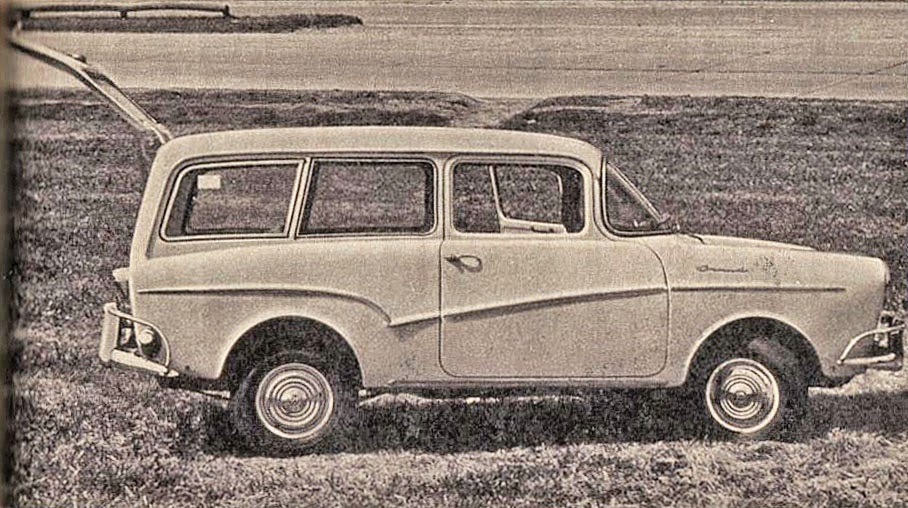
Isard 700 Kombi
Like its brother with 2-door body, the Kombi had a rear-wheel drive with the engine located in the front, something rarely seen in cars with so little displacement in those years. In this way the rear suspension was rigid axle with 3-leaf longitudinal semi-elliptical elastics and hydraulic shock absorbers.
The front suspension was independent with two arms in the shape of the letter “A” where the upper one was longitudinal and the lower one was transversal with respect to the direction of travel of the Kombi 700.
The gearbox had four synchronized gears and a reverse. A curious fact was the arrangement of the gear diagram, which luckily for the driver, is stamped on the ball of the gear lever. The first and third were located below and the second and fourth above, just like the Citroën 2 CV. In the case of the Isard 700 it was because the engine and the gearbox were designed to be used in the rear. The speed ratios were as follows: first, 4.48: 1; second, 2.27: 1; third, 1.33: 1; fourth, 1.00: 1 and reverse, 4.12: 1.
The hydraulic brakes were drum on all four wheels with a diameter of 230 millimeters. The parking brake operated on the rear wheels. The steering was of the worm and sector type.
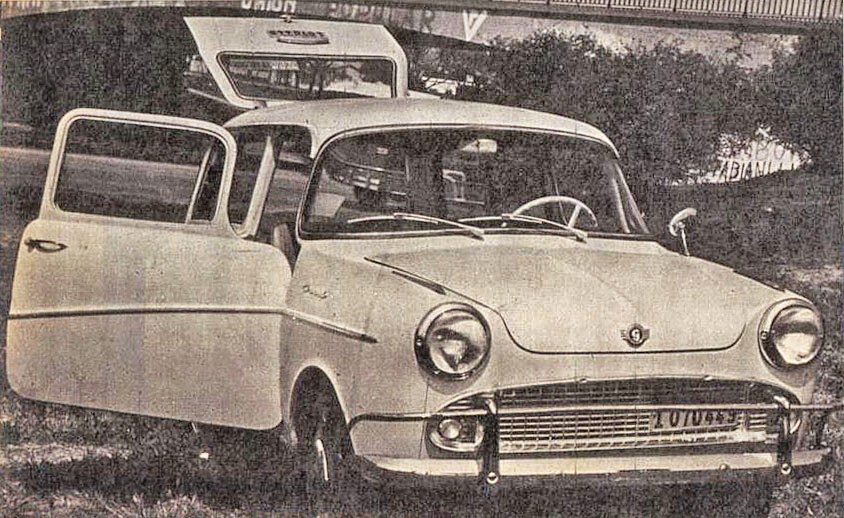
The dimensions of the Isard Kombi 700 were as follows: length without fenders, 3,420 millimeters; width, 1,470 millimeters; high, 1,379 millimeters; wheelbase 2,000 millimeters; front gauge, 1,200 millimeters and rear gauge, 1,170 millimeters. The curb weight was only 640 kilograms and its payload was 302 kilograms, total weight was 942 kilograms.
The body had two front doors and a rear door on the tail, which made it easier to load and unload the luggage. The rear seat could be folded down to increase trunk volume. The Kombi 700 had a chassis consisting of two longitudinal beams of section in the shape of the letter “U” that were welded in their open part to the body platform.
Isard Kombi 700 had a place for four adult passengers, since placing three people in the back seat forced them to travel very tight. The car could reach a top speed of 105 km/h. Fuel consumption was 14.7 kilometers per liter in cities; 21.3 kilometers per liter on a highway at 80 km/h and 16.9 kilometers per liter at top speed. Acceleration from 0 to 80 kph was 18 seconds.
Some units are still alive and well-preserved by their owners. The Isard Kombi 700 was unique in its segment and had no competitors, as most of the microcars were sedans or two-door coupes.
